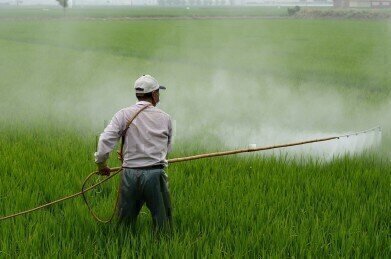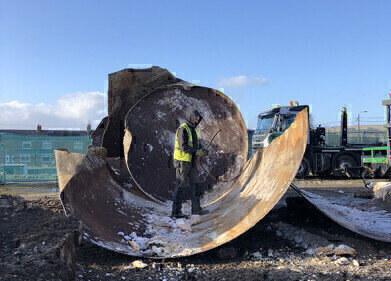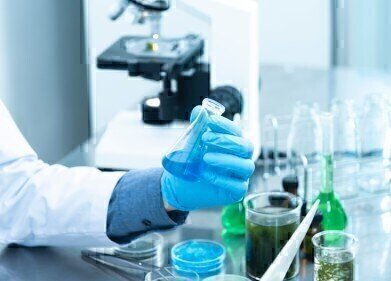Soil Remediation
How Much Land Is Threatened by Pesticide Pollution?
Apr 19 2021
Almost two-thirds of the world’s arable land is in danger of pesticide pollution, according to new research carried out by the University of Sydney in Australia. 64% of the land currently used for cultivating crops for consumption by humans and animals is at risk of contamination of the soil as a direct result of excessive pesticide use.
The study presents a thorny dilemma for farmers and environmental scientists alike. On the one hand, the world’s ballooning population means that maintaining a steady supply of food to feed it is a priority concern – and appropriate use of pesticides is a big factor in achieving that goal. On the other hand, the propagation of those very same pesticides can lead to a build-up of harmful bacteria and other contaminants in the soil, compromising its quality and potentially polluting water supplies, as well.
Too much of a good thing
Pesticides can be a crucial method of deterring crop depletion by unwanted critters such as aphids, worms and beetles, thus maximising the yield from a particular harvest. However, overuse of these chemical cocktails can detrimentally impact soil quality, which could result in lower yields or poorer quality crops in the long run, potentially jeopardising human health.
What’s more, pesticides can leach into rivers, lakes and other waterways through agricultural run-off and other methods of infiltration. When this happens, it can cause a nutritional imbalance in the water, depriving certain organisms of the nutrients they need while precipitating rapid growth in others, such as algal blooms. This upsets delicate ecosystems and endangers many freshwater and marine species.
Vulnerable areas at risk
To arrive at their conclusions, the researchers from the University of Sydney used sophisticated soil screening techniques to judge contamination levels in the samples taken from 168 countries around the world. They also analysed the impacts of pesticide use on the local atmosphere, surface water and groundwater to gain a better picture of the industry’s footprint.
Their findings revealed that 64% of all arable land on the planet suffers or could suffer from pesticide pollution. Asia was the most affected region, with China, Japan, Malaysia and the Philippines particular causes for concern. The research also discovered that over a third (34%) of the at-risk areas were found in places with high levels of biodiversity, potentially endangering many other species as well. Almost a fifth (19%) were located in low- and middle-income countries (LMICs), while 5% were found in places where water scarcity was a common issue.
A disheartening outlook
Worst of all, the prognosis from the authors of the report is that the situation is only likely to deteriorate in the future. That’s because an increasing supply of food will be required to feed the world’s swelling populace, while the emergence of new pests will demand even greater quantities of pesticides to be used in warding them off.
One possible solution to the problem would be to investigate more sustainable sources of agricultural additives, such as the use of digestate as an organic fertiliser or the development of natural pesticides, whether they be in microbial, biochemical, botanical or mineral form. In any case, the Australian research has, at the very least, drawn attention to the problem – which is the first step in addressing it.
Events
IWA World Water Congress & Exhibition
Aug 11 2024 Toronto, Canada
Aug 25 2024 Stockholm, Sweden and online
Sep 03 2024 Mexico City, Mexico
Sep 03 2024 Mexico City, Mexico
Sep 03 2024 San Diego, CA, USA













